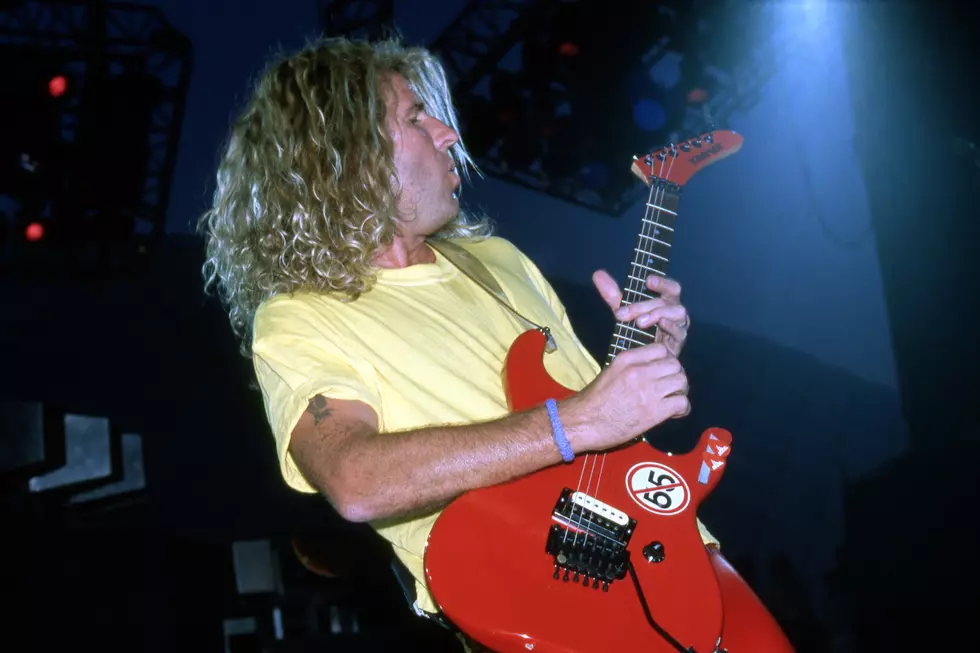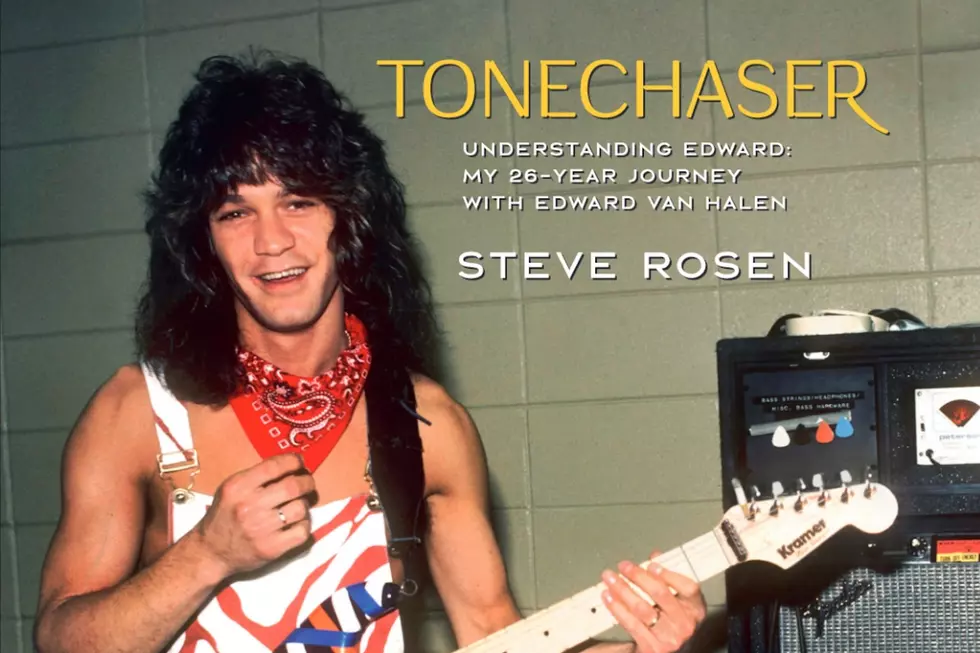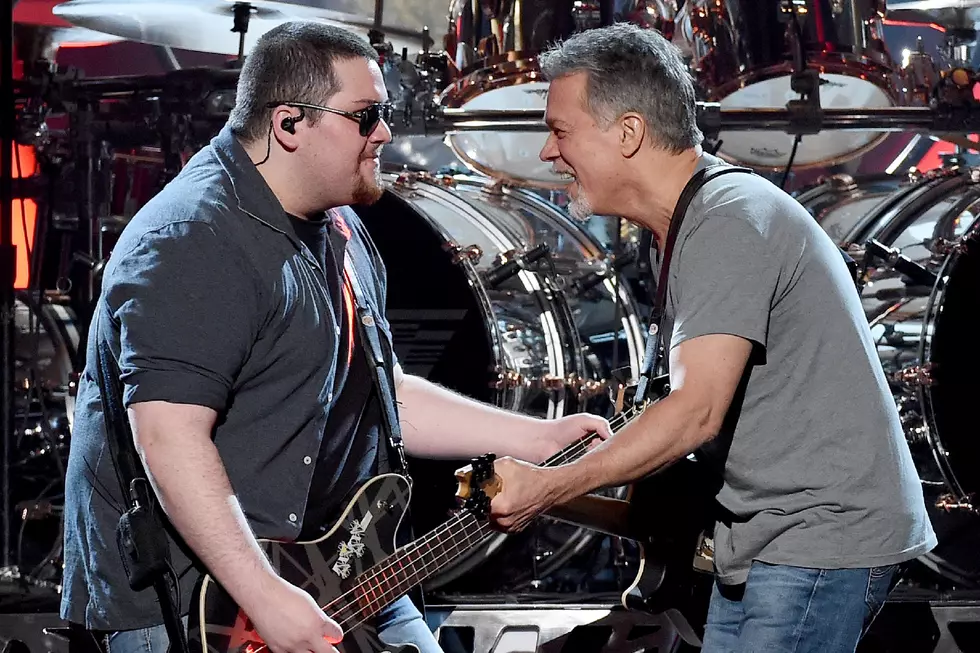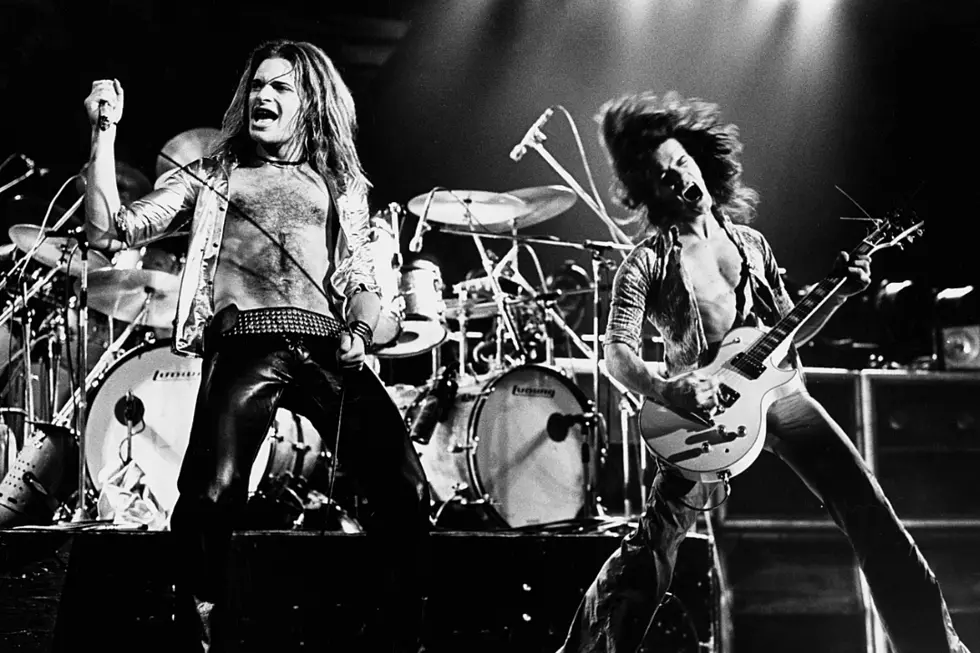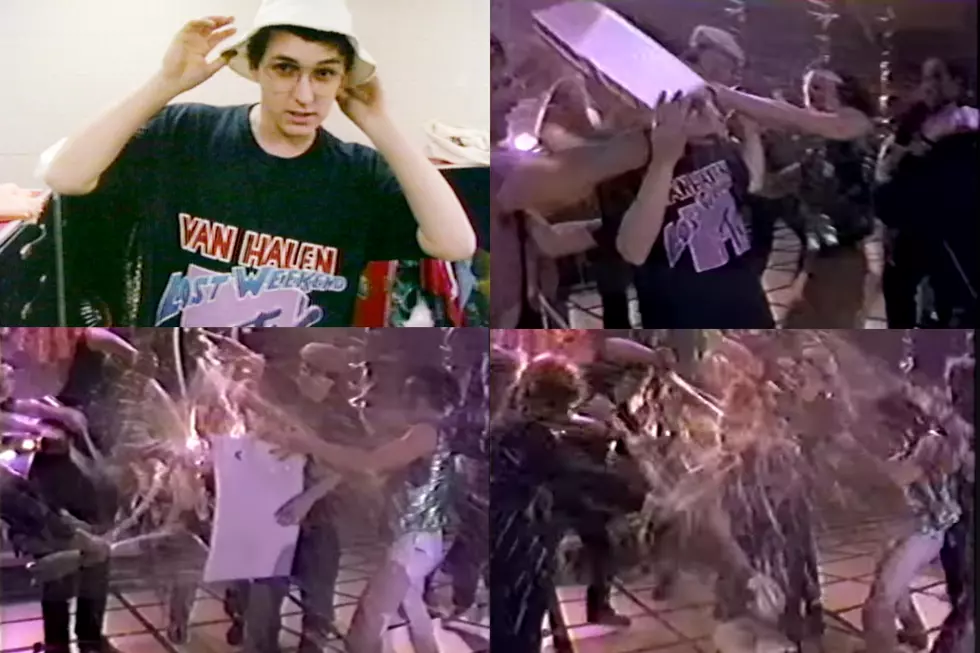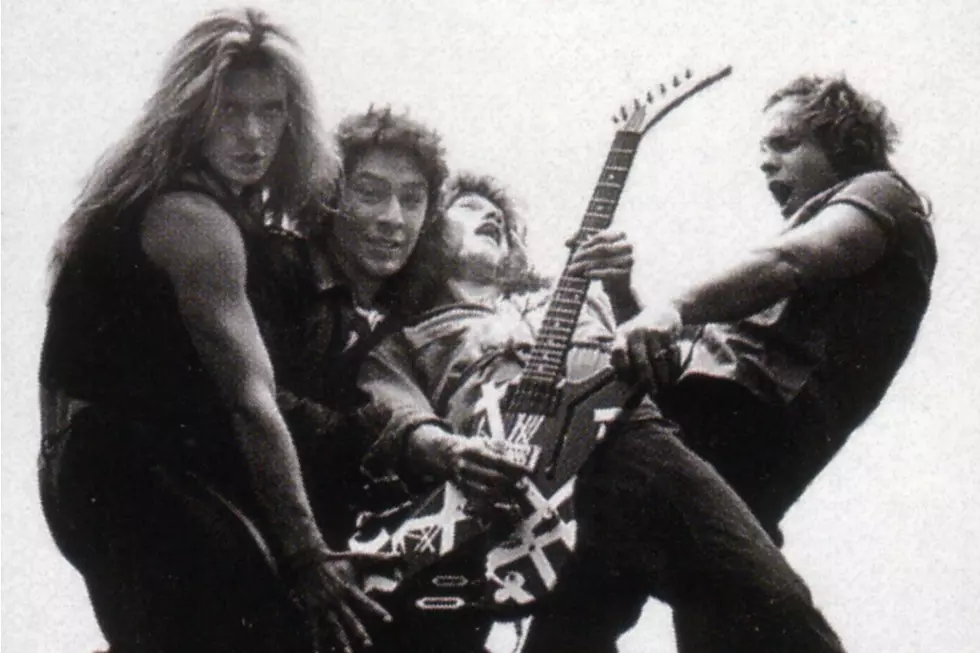
How Van Halen Used Tension to Build ‘Women and Children First’
Van Halen broke the hard-rock mold with their self-titled debut and its quickly released follow-up, Van Halen II. After a couple of low-budget hits, they'd earned the right to go a little crazy with their third LP, but when Women and Children First arrived on March 26, 1980, it was clear that the band hadn't altered their quick-and-dirty approach to making records.
"We finished the music in six days, and the whole album took eight," Eddie Van Halen told Guitar Player. "I don't understand how people can take any longer."
Added singer David Lee Roth in an interview with Hit Parader, "I don’t think we’ll ever be confused with Fleetwood Mac or Steely Dan, who spend jillions of dollars and years in the studio just to make one record. How boring can you get, man? I like to think that all we’re really trying to do is capture some of our youthful enthusiasm."
Of course, that didn't mean the new album was a carbon copy of the two that preceded it. "On the first album, we went to the edge and we looked down," a typically effusive Roth told Rock Stars Magazine. "On the second album, we didn’t discuss the matter, and on the third album Van Halen has jumped over."
Listen to "And the Cradle Will Rock..."
That was only partly hyperbole. Having earned a reputation for flashy fretboard technique, Eddie Van Halen was eager to start pushing the boundaries of Van Halen's sound, both in terms of musical content as well as production techniques. While it wouldn't exactly be fair to characterize Women and Children First as a challenging or experimental album, it does contain glimpses of the try-anything-once spirit that drove Eddie to ruthlessly tinker with his guitars and effects pedals, such as on opening track "And the Cradle Will Rock ... ," which found him pounding on a Wurlitzer electric piano that was being fed into a Marshall and a flanger.
Saying it was "the first time I played keyboards in the studio," Van Halen later recalled that producer Ted Templeman heard the distinctive noise and was bowled over. "Ted said, ‘Wow! What the hell is that?’ ‘Oh, nothing, just me, screwing around.’ So we recorded it. That was my first encounter with the band not wanting me to play keyboards — when we did the song live, [bassist Michael Anthony] played it. They didn’t want a guitar hero playing keyboards onstage."
Eddie wasn't the only one who made some unpopular decisions during the Women and Children First sessions. Roth ran afoul of his bandmates — particularly Eddie and Alex Van Halen — when he sought out famous photographer Helmut Newton to snap shots of the group for the album cover. Most of the pictures from the disastrous shoot were left unused, but the record's first vinyl run came with a poster print of a vaguely S&M pose of a shirtless Roth chained to a fence.
"We put the poster in because it upsets people. It's disturbing. It's one of those beautiful things where there's actually nothing going on in the picture and you're forced to use your filthy little imagination, which is always gonna be better than any picture," Roth chuckled to Creem. "Helmut Newton is into creating tension, really, creating tension wherever he can. And that's what rock 'n' roll is all about. A lot of tension."
Listen Van Halen Perform 'Everybody Wants Some'
Whatever squabbles they had between takes or outside the studio, the Van Halen of 1980 was a band that knew how to take the sparks between its members and turn them into rock 'n' roll power. Although Women and Children First didn't land with the same pop radio impact that its predecessors enjoyed — "And the Cradle Will Rock ... ," the album's sole single, peaked at No. 55 — album sales proved the band was still expanding its audience. As far as Eddie was concerned, a lot of it had to do with the fact that audiences knew they could trust the band to truly deliver.
"What we did was applied our live show, our live performance, to plastic, whereas people like Boston and Foreigner, they do it the opposite way," he argued during an interview with Jas Obrecht. "They work it out in the studio, and then when they have to go out on tour, they have to rehearse to make it happen live, and it’s obvious. With us, actually, there’s more mania and more feel and more excitement live, because that’s where it’s based. That’s where it comes from. I mean, that’s bottom line. The only thing that sells us is the live show. It’s not hype."
You couldn't be a Van Halen fan without enduring at least a little bit of hype — after Van Halen II was released, Roth famously boasted that the band was going to be "the soundtrack" of the '80s, saying, "We’re here to blow the bugles and jump on the horns and whistle it all in and usher it down the road and round the stretch and across the finish line" — but underneath all the bravado, they had the songs to back it up, and a sound that expertly coated hard-rock crunch with a tasty layer of pop sheen.
"All the best parts of our music are just made up on the spot," explained Roth. "The reason there’s so much pressure that makes us produce so well is we wait until the last minute. You get to the studio and you’re waiting for the tape to run, and while I’m standing there I'd better think of some words to sing. And that’s usually when it comes out best."
Eddie echoed that, in his talk with Jas Obrecht. "I just really go for feeling," he said. "All our albums have mistakes. Big deal! We’re human. It reeks of feeling, you know, and to me that’s what music is all about. Like Fleetwood Mac spent so much money and so much time [in the studio], and my thing is, if something is too perfect, it won’t faze you. It goes in one ear and out the other, because it’s so perfect. Our stuff, to me, keeps you on the edge of your seat. It builds tension. Whether you like it or not, it slaps you in the face."
The Best Song on Every Van Halen Album
See Rock’s Epic Fails: Van Halen Edition
More From Ultimate Classic Rock
